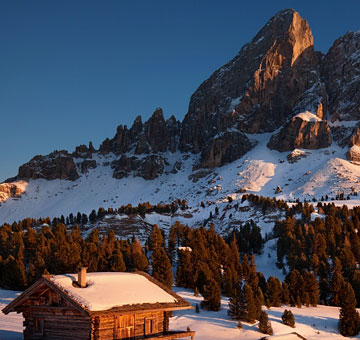The red heart of Veneto – Valpolicella
One of Italy’s most prolific winemaking areas, Veneto’s low plains, rolling hills, and steep slopes are home to a spectacular patchwork of vineyards and an array of regional wines. Undoubtedly, most people associate the territory with Italy’s most ubiquitous bubbly, prosecco, a fresh sparkling wine produced in the Charmat style both here and in neighboring Friuli-Venezia Giulia. However, as most wine connoisseurs know, Veneto offers much more than just the iconic aperitivo-style spumante. In fact, it’s the area’s lesser-known but highly acclaimed reds that rack up stellar reviews alongside the more recognized vintages coming out of Tuscany and Piedmont.
Northwest of Verona, just minutes from Lake Garda, Valpolicella encompasses an area of 240 square kilometers known for its mild continental climate. The name Valpolicella is said to come from the etymology “val polis cellae” or “valley of the many cellars,” and it’s certainly apropos. A paradise for red wine lovers, the territory is home to generations of winemaking families as well as new arrivals on the viticultural scene.
Valpolicella’s grape-growing roots have been traced back to the period of ancient Greece, a heritage linked to the production of its Amarone wines. The most sought-out wine from Valpolicella, Amarone is made from the ancient technique of “appassimento” whereby grapes are semi-dried before they are crushed to enhance the bouquet and wine complexity. A dry full-bodied red, Amarone is known for its great capacity to evolve over many years.
Other reds harkening from the region vary greatly in style but are made from the same set of indigenous grape varietals, namely, Corvina Veronese (or Corvinone), Rondinella and Molinara. On the lighter spectrum, you’ll find Valpolicella Classico, a lively young red with a bright finish. Its more mature counterpart, Valpolicella Superiore, is barrel-aged one year, while Valpolicella Superiore Ripasso is obtained by macerating Valpolicella Classico and the pomace of Amarone. Last but certainly not least is Valpolicella’s velvety dessert wine, Recioto. To make this regional specialty, grapes are harvested and then dried on racks or hung from rafters until the end of January. Then they are vinified before all the sugars convert to alcohol, creating a sweet wine which pairs perfectly with chocolate.






